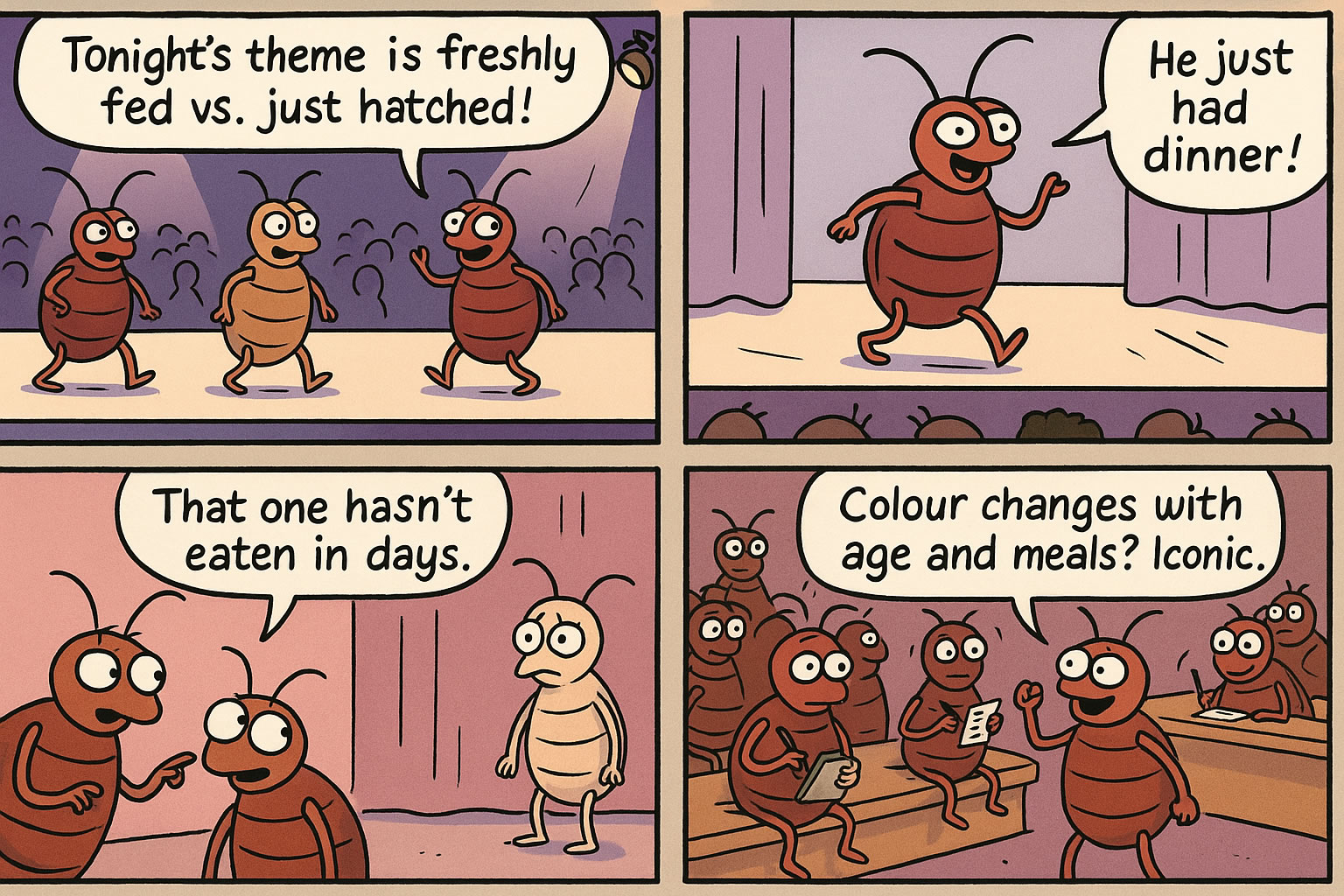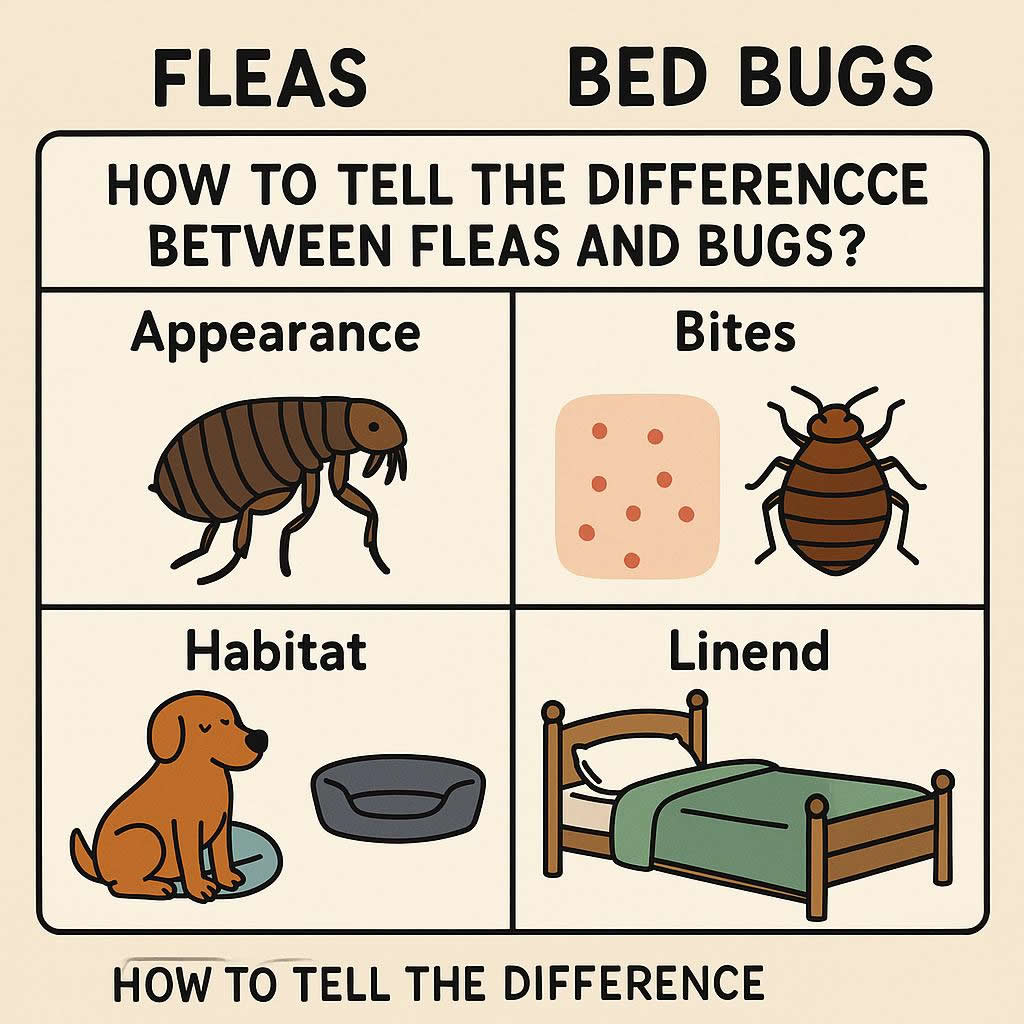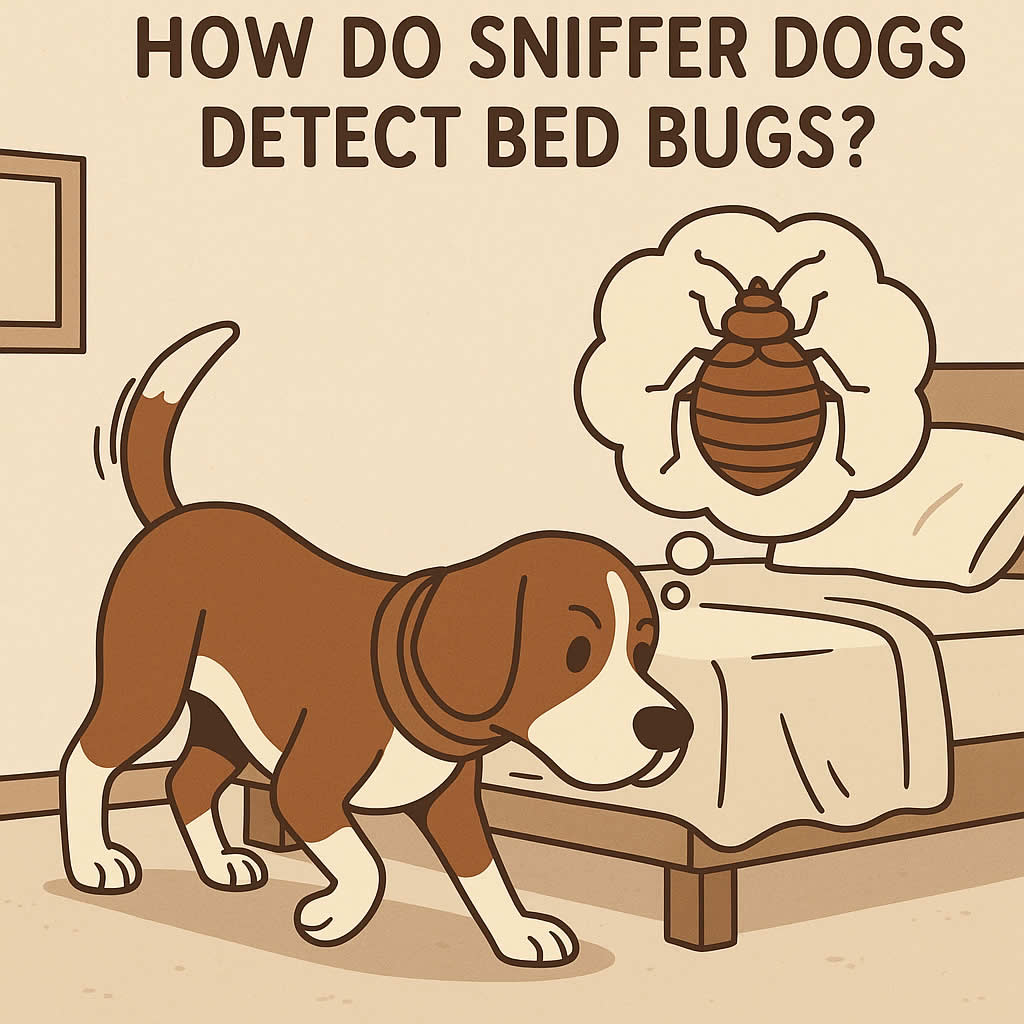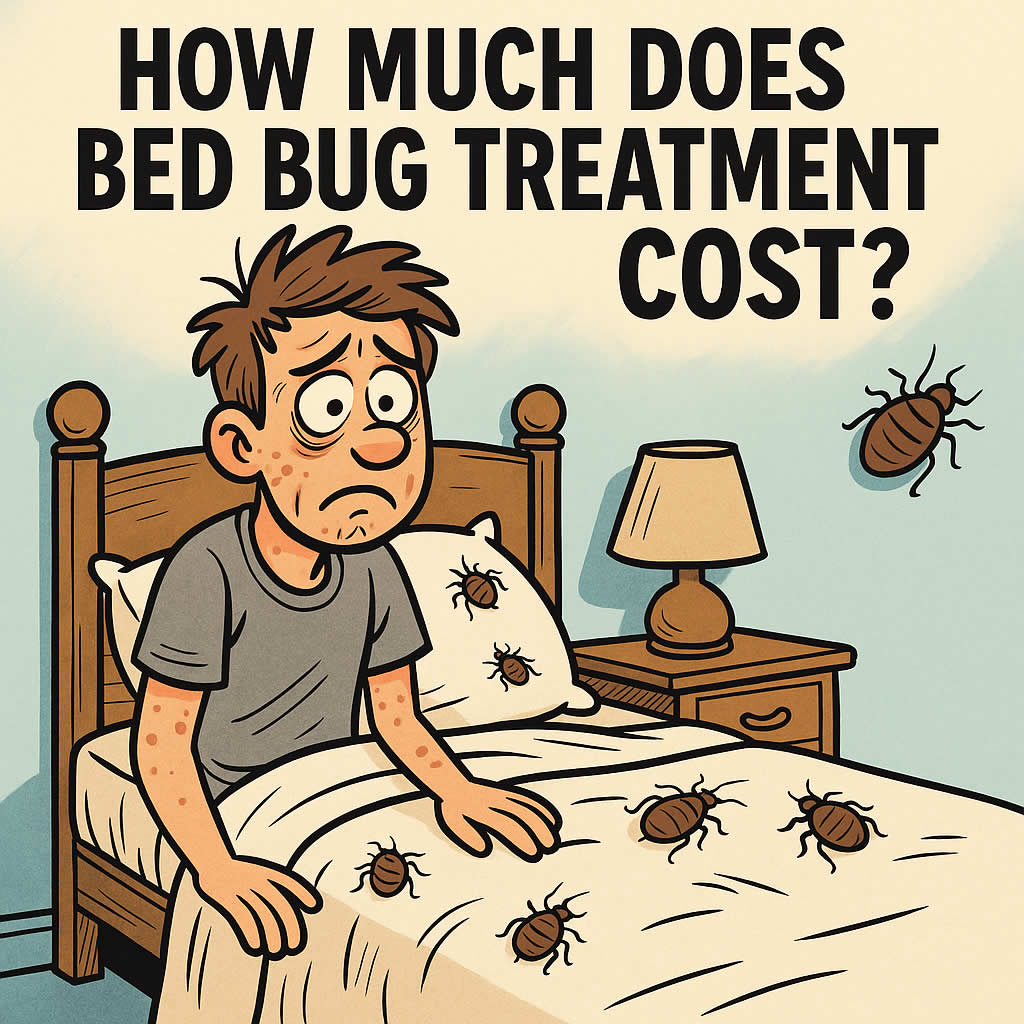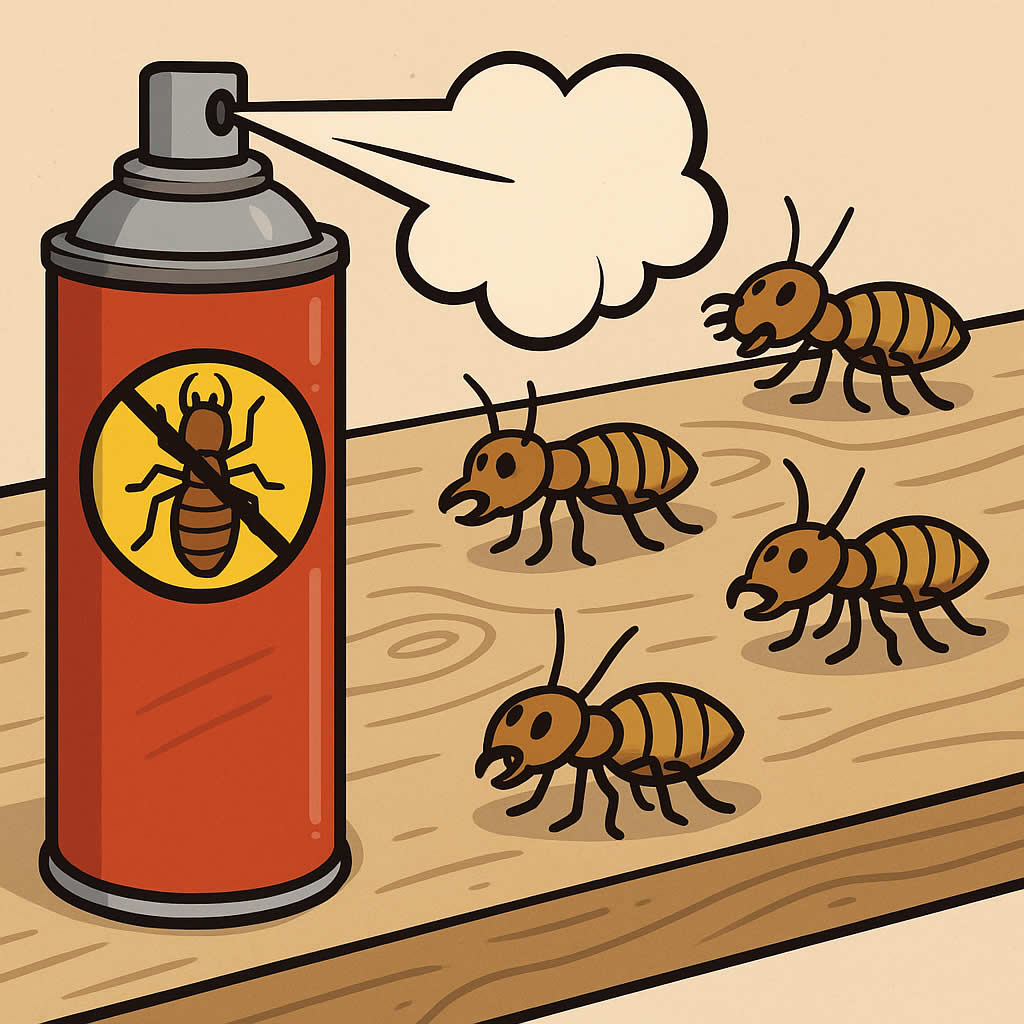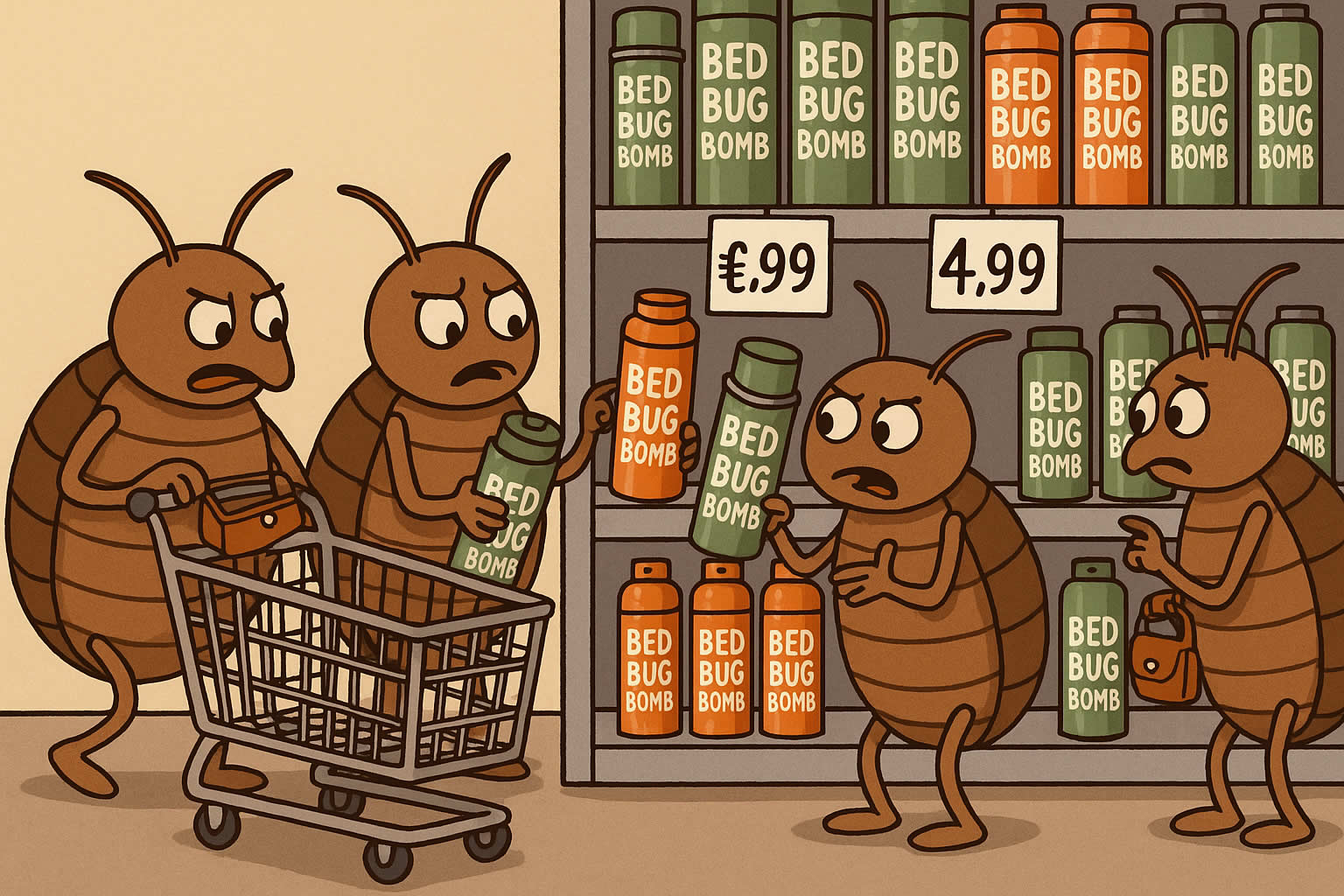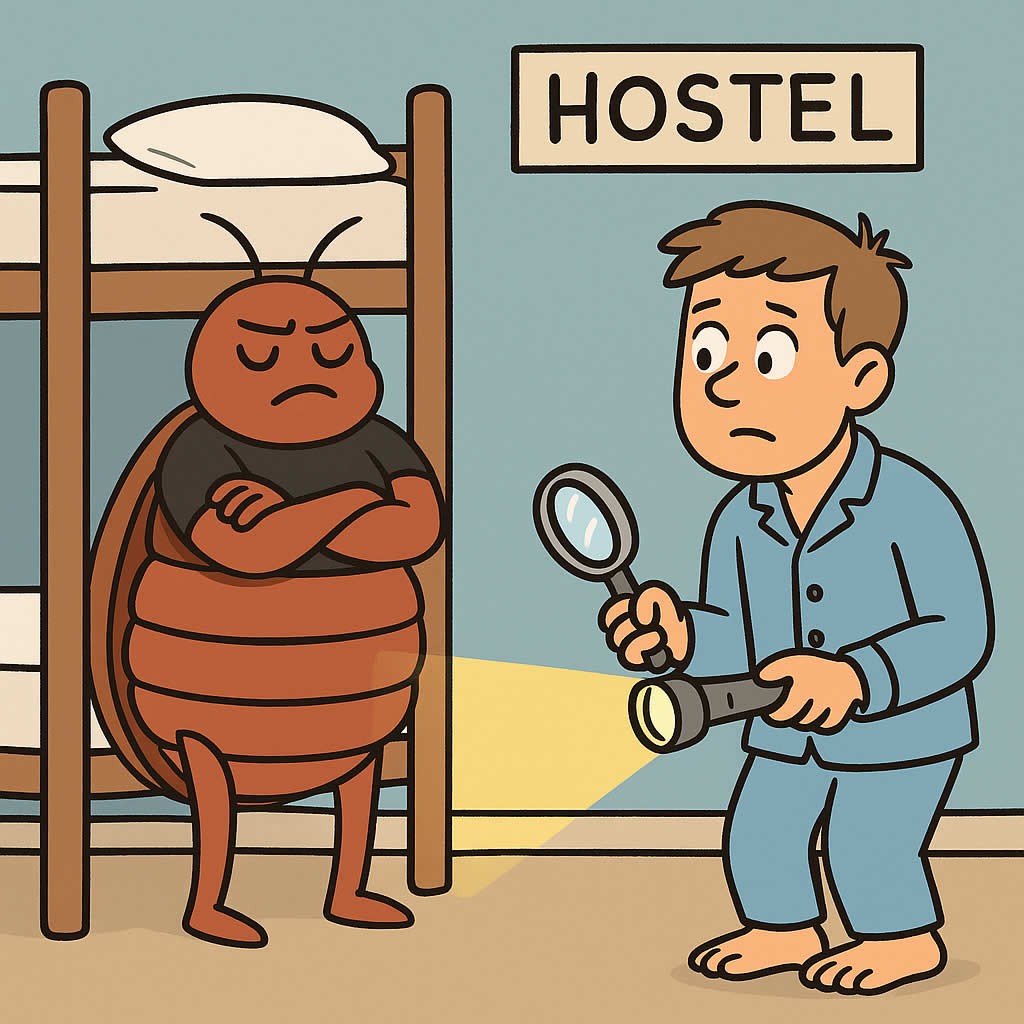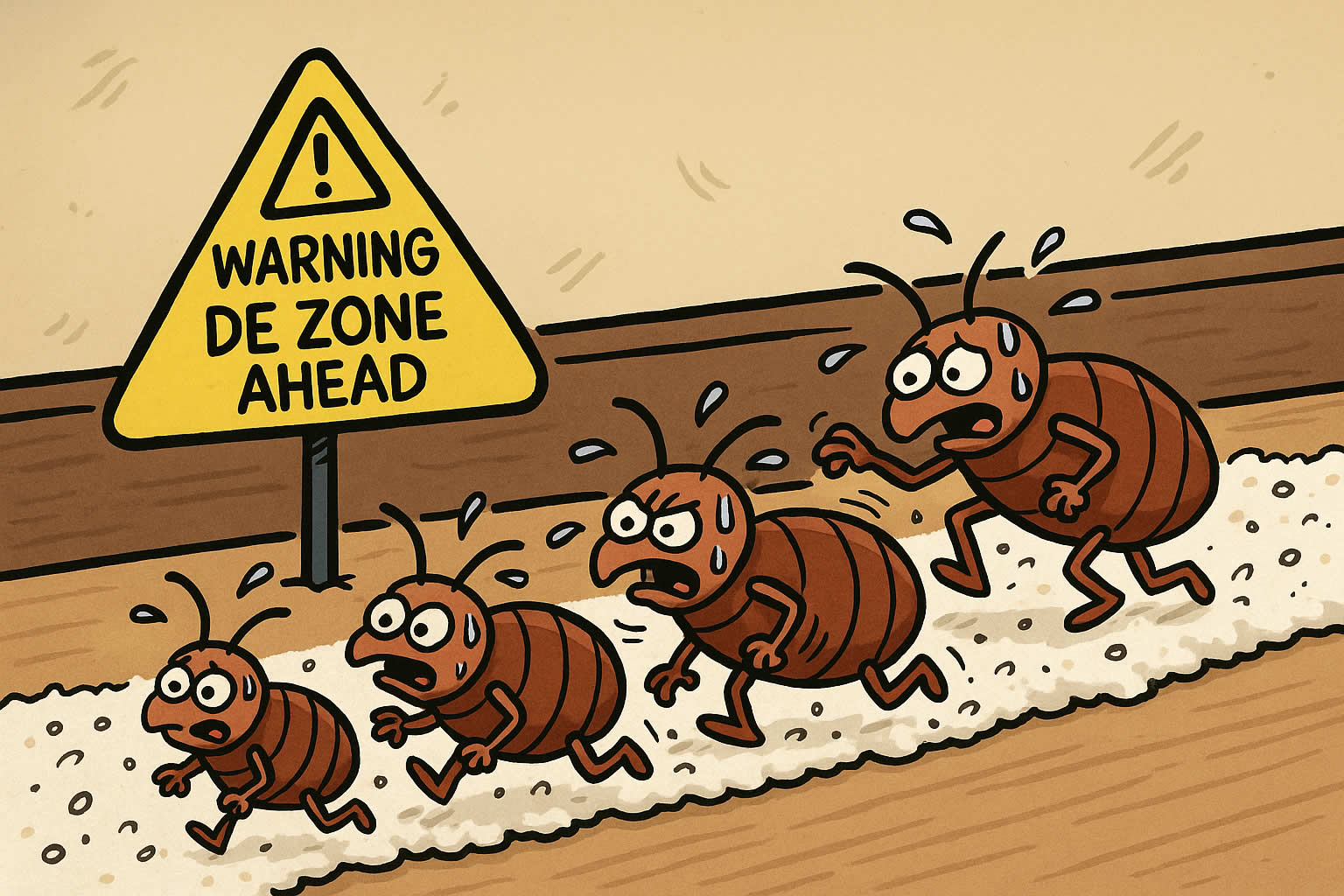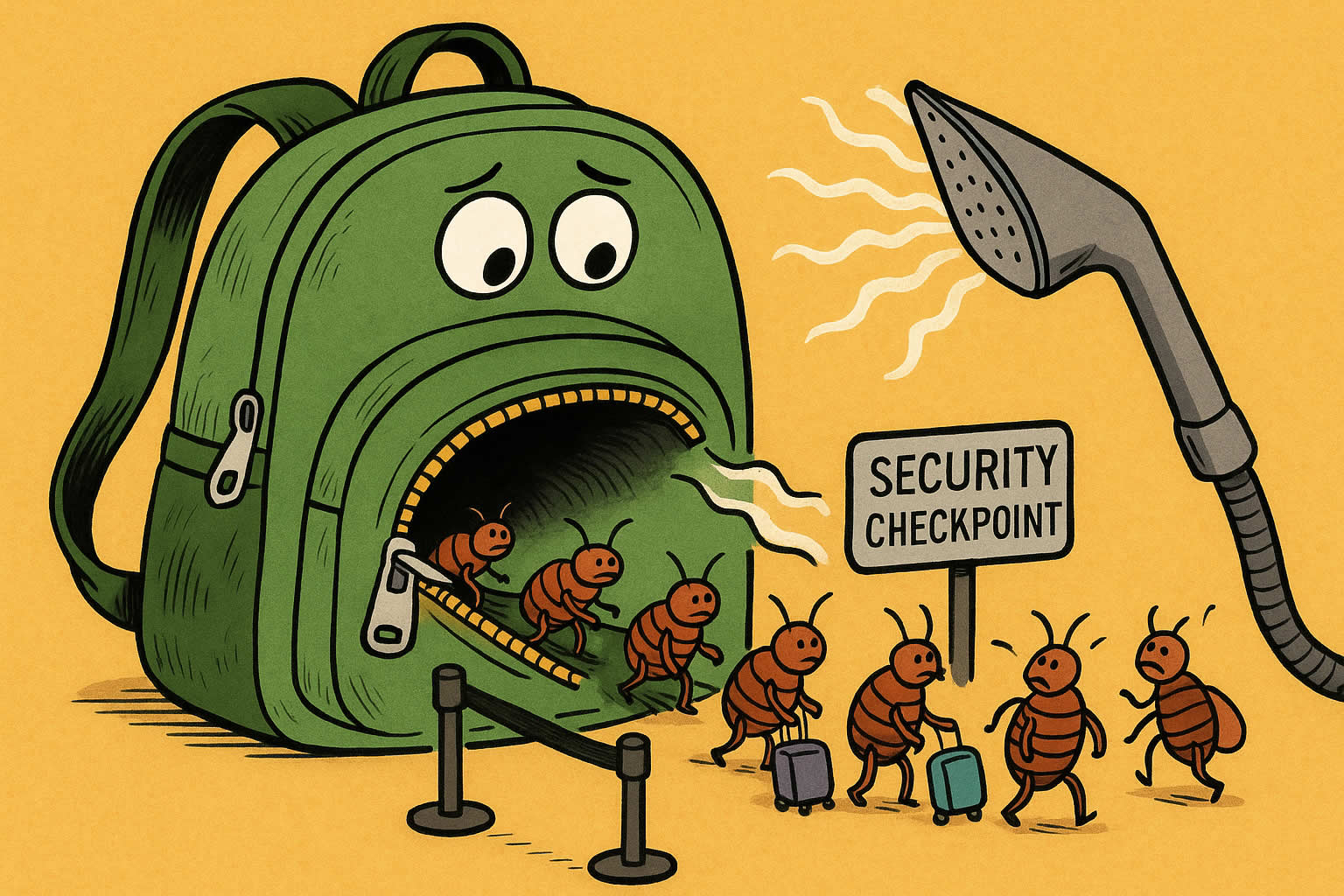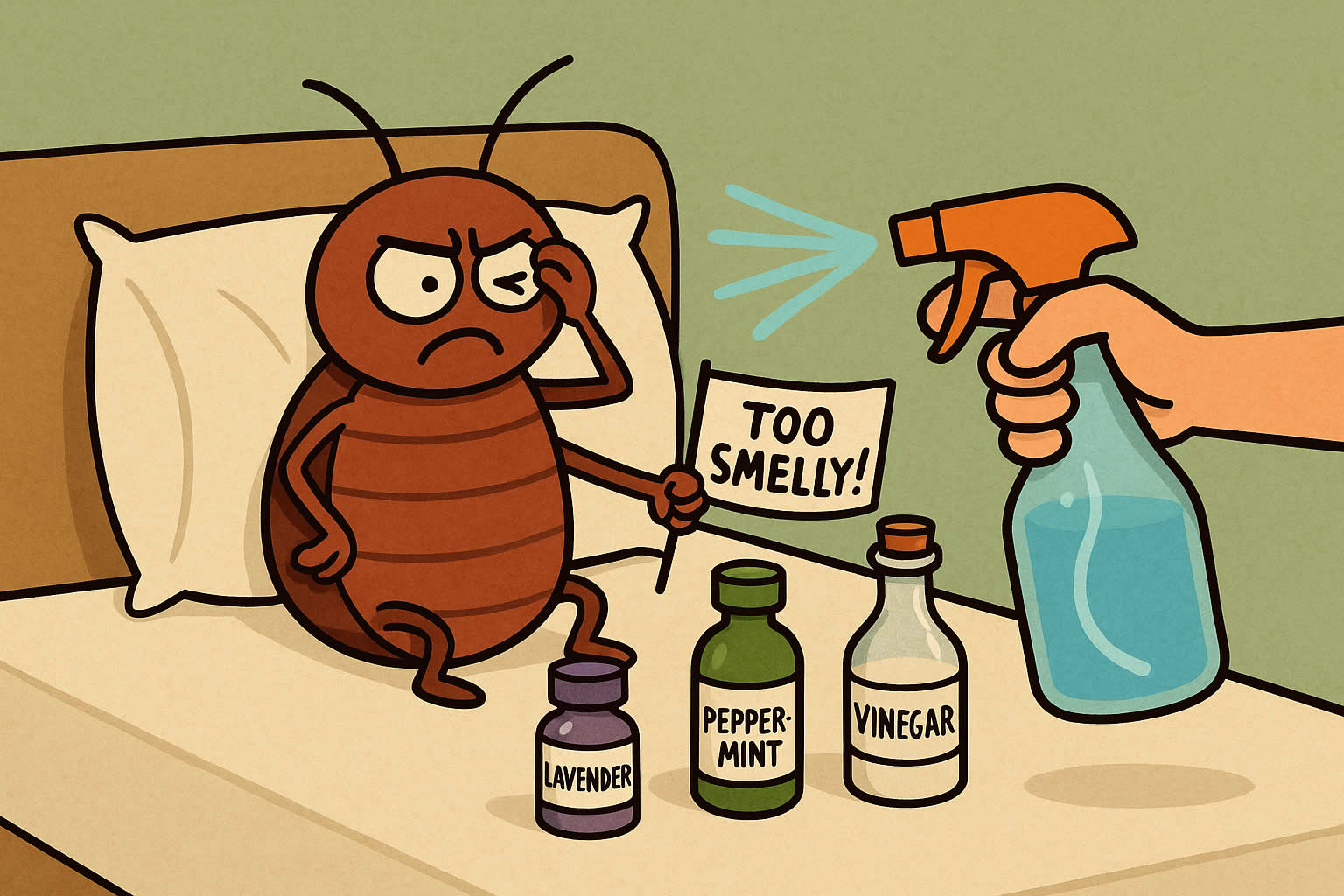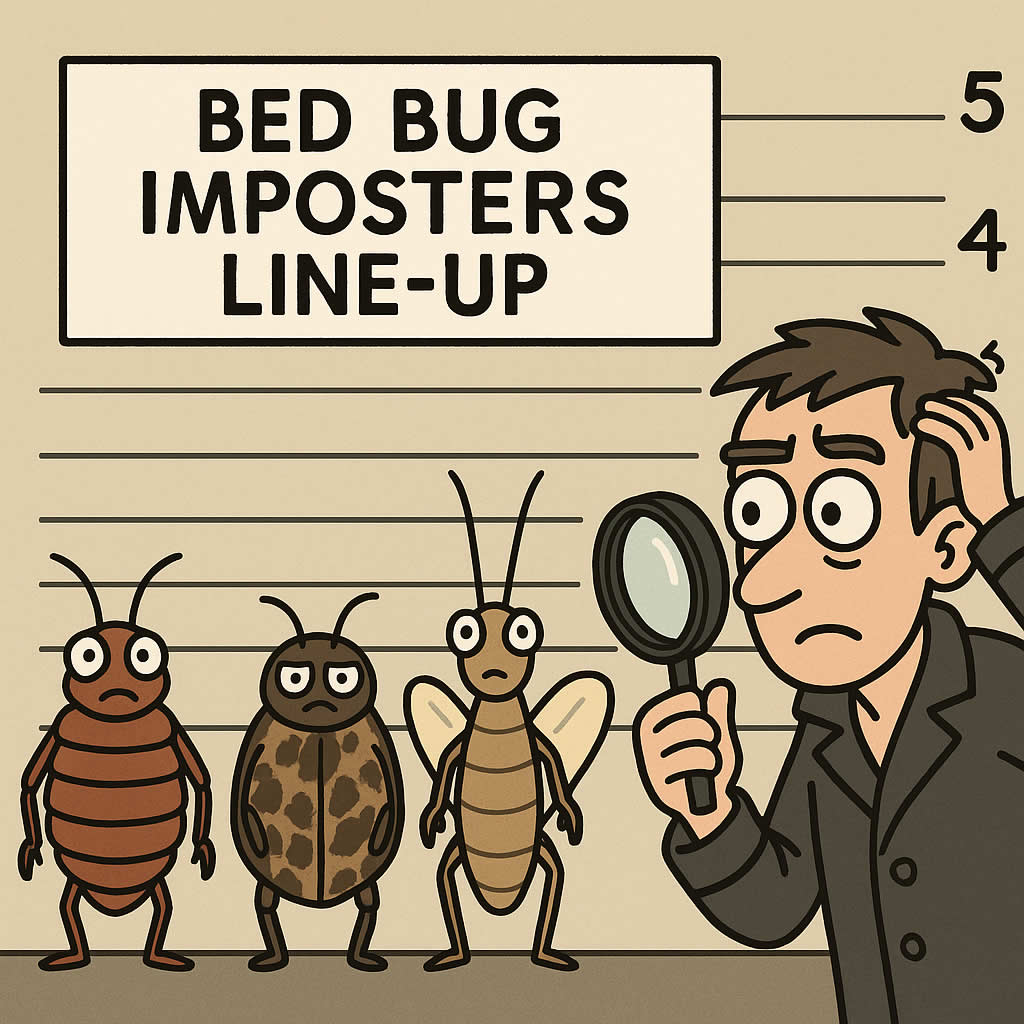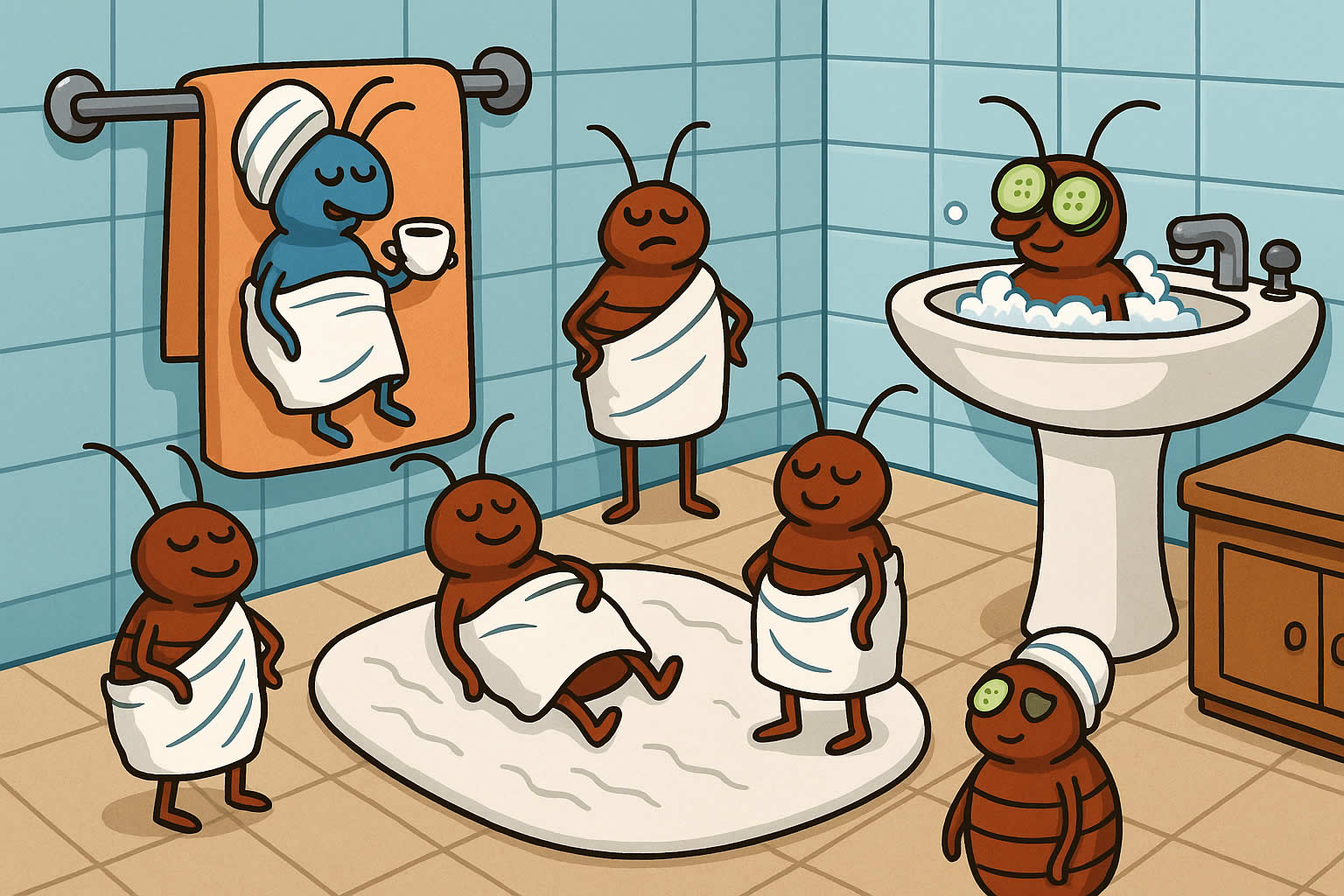Related Queries
ToggleBed bugs may be tiny like apple seeds at just 5-7mm long, but they create enormous distress during home invasions. These sneaky pests show up brown or pale yellow without feeding and turn reddish-brown after a blood meal.
People often ask “what colour are bed bugs” but the answer keeps changing. Their colour shifts throughout their lifecycle based on feeding patterns. These pests prefer black and red environments and stay away from yellow and green spaces. The human eye can spot adult bed bugs easily since they match an apple seed’s size. Their eggs look substantially smaller though – like tiny pearl-white pinheads. This complete guide will help you spot these unwanted guests by their unique looks at every life stage and feeding phase.
What colour are bed bugs at each life stage?
Spotting bed bugs at different life stages is vital for catching them early. These pests change colour dramatically as they grow, which helps us identify them more easily.
Eggs: tiny and pearl-white
Bed bug eggs are tiny – just 1mm long, about the size of a pinhead. They look like miniature grains of rice with a pearl-white or slightly creamy colour. Fresh eggs have a translucent, somewhat shiny appearance.
Eggs that are five days old show a distinctive dark mark that looks like an eye spot. Female bed bugs secrete a sticky substance to make their eggs stick to almost any surface. Each female lays 1-5 eggs daily and can produce up to 500 eggs in her lifetime.
Nymphs: translucent to yellowish
Baby bed bugs (nymphs) start life almost colourless, with a whitish-yellow, see-through body. These tiny insects are about 1.5mm long right after hatching.
Nymphs go through five molting stages:
- First stage: Nearly transparent, about 1.5mm long
- Middle stages: Light yellow or tan colour develops
- Final stage: Almost adult-sized (4-4.5mm) with deeper colours
Each molt brings them closer to looking like adults. They grow bigger and their colour gets deeper. Right after feeding, nymphs turn bright red and look like plump raspberry seeds before they digest their meal.
Adults: reddish-brown and oval-shaped
Adult bed bugs grow to 5-7mm – about the size of an apple seed. Well-fed adults show a rich reddish-brown or mahogany colour.
These bugs have an oval, flat body with six legs and two antennae. Their bodies have segments, and you can tell males from females by looking at their abdomen tips. Females have round tips while males have pointed ones.
Colour changes after feeding
The most striking change happens after they feed. Hungry bed bugs look flat and light brown to beige. A blood meal transforms them completely – their bodies swell up like balloons and turn bright red.
Over several days, this bright red colour darkens back to reddish-brown as they digest. Both nymphs and adults show this red colouring after feeding, making fresh blood meals one of the clearest signs that bed bugs are present.
Knowing how to spot bed bugs by their colour and appearance at each stage helps you catch an infestation before it gets out of hand.
How feeding affects bed bug colour
Bed bugs change their colour dramatically as they feed, and their colour helps you identify these pests in your home.
Unfed bed bugs: flat and brown
Bed bugs look distinctly flat and disk-shaped when they haven’t eaten. These hungry insects show a mahogany to rusty brown colour and measure about 3/16″ long (about 4-5mm). Their flat body helps them hide in narrow crevices and cracks during daylight hours. Adult bed bugs that haven’t fed look like apple seeds, while unfed nymphs are almost see-through.
Recently fed: swollen and bright red
These insects transform most dramatically right after feeding. A blood meal usually takes 5 to 10 minutes, and bed bugs drink several times their body weight in blood. Their bodies then change from flat disks into balloon-like shapes that look more like torpedoes.
The bug’s body turns bright red, which you can see especially well in their stomach area. You can spot this vivid red colour through their semi-transparent outer shell as blood fills their digestive system. They grow noticeably bigger—from about 5mm to 6-7mm. These well-fed bugs move slower and become less agile, which makes them easier to spot.
Digestion phase: darkening over time
Bed bugs return to their original shape after a couple days of digestion. Their bright red colour slowly turns darker until it becomes a deep reddish-brown or mahogany shade. Their bodies flatten out again during this process, though you might notice a small black spot—a sign of digested blood.
These pests usually feed every three to seven days, so their appearance cycles between these stages. Their colour-changing nature makes it possible for anyone to spot bed bugs at different feeding stages.
Other visual signs to confirm bed bug presence
Bed bugs leave several revealing signs that can confirm an infestation. You might notice these warning signals even before spotting the actual pests.
Molted skins and their appearance
Bed bugs shed their exoskeletons five times as they grow into adults. These empty shells look like the bugs but appear hollow. The newly shed skins have a cream or translucent colour and are shaped like an apple seed. They feel rough to touch, like sandpaper, and you’ll often find them grouped together near their hiding places. These pale, translucent husks commonly show up along mattress seams, behind headboards, where walls meet ceilings, and near baseboards.
Fecal spots: black and ink-like
The bugs leave excrement made of digested blood that looks like dark, ink-like dots about the size of a period. These droppings appear black or dark rust-coloured and usually cluster in groups of 10 or more. You can tell them apart from German cockroach droppings because bed bug spots feel smooth and spread a bit if you rub them with a damp cloth. These marks show up most often on mattress seams, bed frames, headboards, baseboards, and in furniture cracks.
Blood stains on sheets
Your bedding might show small bloodstains that signal bed bugs. The stains look bright red or dark brown and appear when you accidentally crush the bugs while sleeping or as they crawl back to hide. A larger infestation means more bloodstains. Check your sheets, pillowcases, and mattress edges for these red smears regularly.
Clusters of eggs in crevices
A bed bug egg is tiny – about 1mm long, matching a pinhead’s size. These pearl-white or translucent ovals look like tiny grains of rice. After five days, the eggs develop a dark spot that looks like an eye. Female bugs coat their eggs with sticky material to help them stick to surfaces. You’ll find these egg clusters hidden in mattress seams, furniture cracks, and other dark spots where females think over placing them for protection.
Where to look for bed bugs and their signs
Bed bugs are masters at hiding in tiny crevices throughout your home, so finding them requires a strategic search.
Mattress seams and bed frames
Your bedroom is where most bed bugs live. You’ll find about 35% of them in mattress springs and 23% in the mattress itself. The mattress seams, tags, and piping are their favorite spots to gather. A flashlight will help you spot them in corners where the mattress meets the bed frame—they love these hiding spots. Make sure to check under the mattress and inside box springs after removing the dust cover. Wooden bed frames with cracks or joints house about 13% of bed bugs during an infestation.
Behind headboards and baseboards
These pests often hide behind headboards, especially in the holes meant for set-in screws. You should remove the headboard from the wall if possible to get a complete look. Baseboards make excellent hiding spots, especially where carpet meets the wall. Look carefully at the cracks between baseboards and flooring—bed bugs can squeeze into spaces as thin as a credit card. They also love to hide in wall junctions and under loose wallpaper.
Inside furniture cracks and drawers
Bed bugs don’t just stay in beds—they move into nearby furniture too. Remove cushions from upholstered items and check the seams, tufts, and areas underneath. Wooden furniture needs extra attention, so look closely at joints, drawer interiors, and the bottom of items. These pests can hide in any crack or crevice in your furniture. Don’t forget to check electrical outlets, appliances, and curtain rods during your inspection.
Luggage, clothing, and personal items
These pests are expert hitchhikers, and luggage often becomes their transportation. Check your suitcase right after traveling and pay attention to seams, zippers, and pockets. Books, stuffed animals, and picture frames can harbor bed bugs too. They often hide in clothes that you’ve worn but haven’t washed yet. A smart tip is to keep your luggage off hotel beds while packing or unpacking.
Our Final Say!
Bed bugs pose a challenge to homeowners of all kinds. This piece shows how these pests grow from tiny pearl-white eggs into reddish-brown adults that can cause substantial distress. Their colours help identify them – they look flat and brown when hungry but become swollen and bright red after feeding.
Your best defense lies in catching them early. You can now recognise their key signs because you know how they look at each life stage. These signs include molted skins, ink-like fecal spots, bloodstains on sheets, and tiny egg clusters.
Look carefully in their preferred hiding spots. Check mattress seams, headboards, baseboards, furniture cracks, and even your luggage. This focused search helps you find an infestation before it gets 6 months old.
These pests might be good at hiding, but their changing colours and distinct visual markers give them away. Dark hiding places are their preference, but they can’t stay hidden when you know what to look for. You now have the detailed knowledge to spot these pests quickly and take steps to remove them from your home.
Pest Control Leagrave – Pest Control Kempston Rural – Pest Control Harlington
